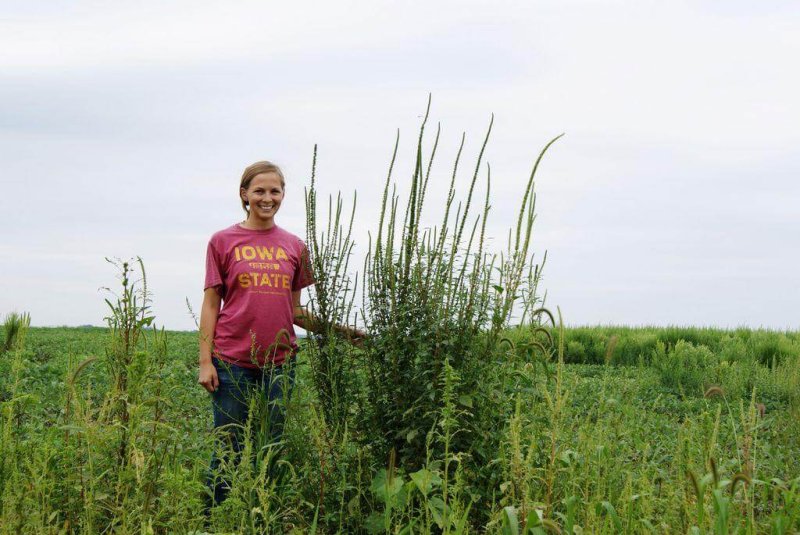EPA proposes tiafenacil for pre-plant and pre-emergence burndown use in corn (all types except sweet corn), cotton, soybeans and wheat. Proposed post-emergence uses include directed burndown in grapes, burndown in fallow and non-crop areas, and as a crop desiccant in cotton. There are no residential uses for tiafenacil proposed in this decision.
Tiafenacil is expected to be useful for herbicide-resistance management. It provides an alternative for controlling glyphosate-resistant Palmer amaranth in cotton, suppressing glyphosate-resistant marestail in corn and soybeans, and controlling waterhemp in corn and soybean.
The need for additional tools such as tiafenacil to manage these resistant weeds is growing, as herbicide resistance presents a significant financial, production and pest management issue for growers throughout the nation.
EPA assessed tiafenacil for registration on soybean, corn and cotton as a workshare with Canada’s Pesticide Management Regulatory Agency (PMRA), with both agencies conducting separate assessments and then sharing results.
The database for tiafenacil indicates the chemical is generally low risk to non-target organisms other than plants, so most mitigation measures deal with avoiding contact with non-target plants. No other substantial risk mitigation was deemed necessary for the proposed uses.
EPA has not identified any dietary, residential, aggregate or occupational risks of concern for human health; therefore, no mitigation is being proposed.
Tiafenacil is proposed to be registered as one technical product and two end-use products.































